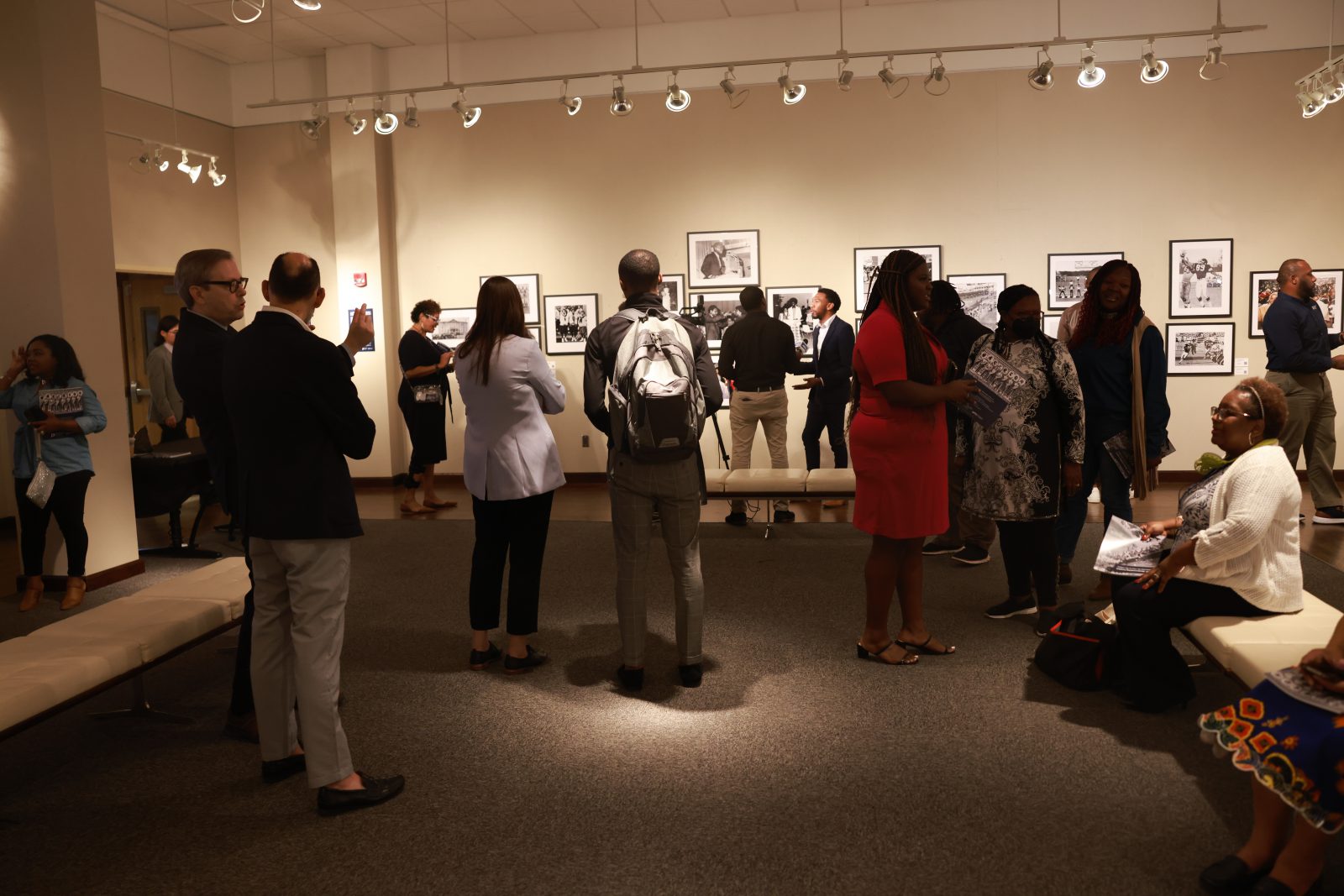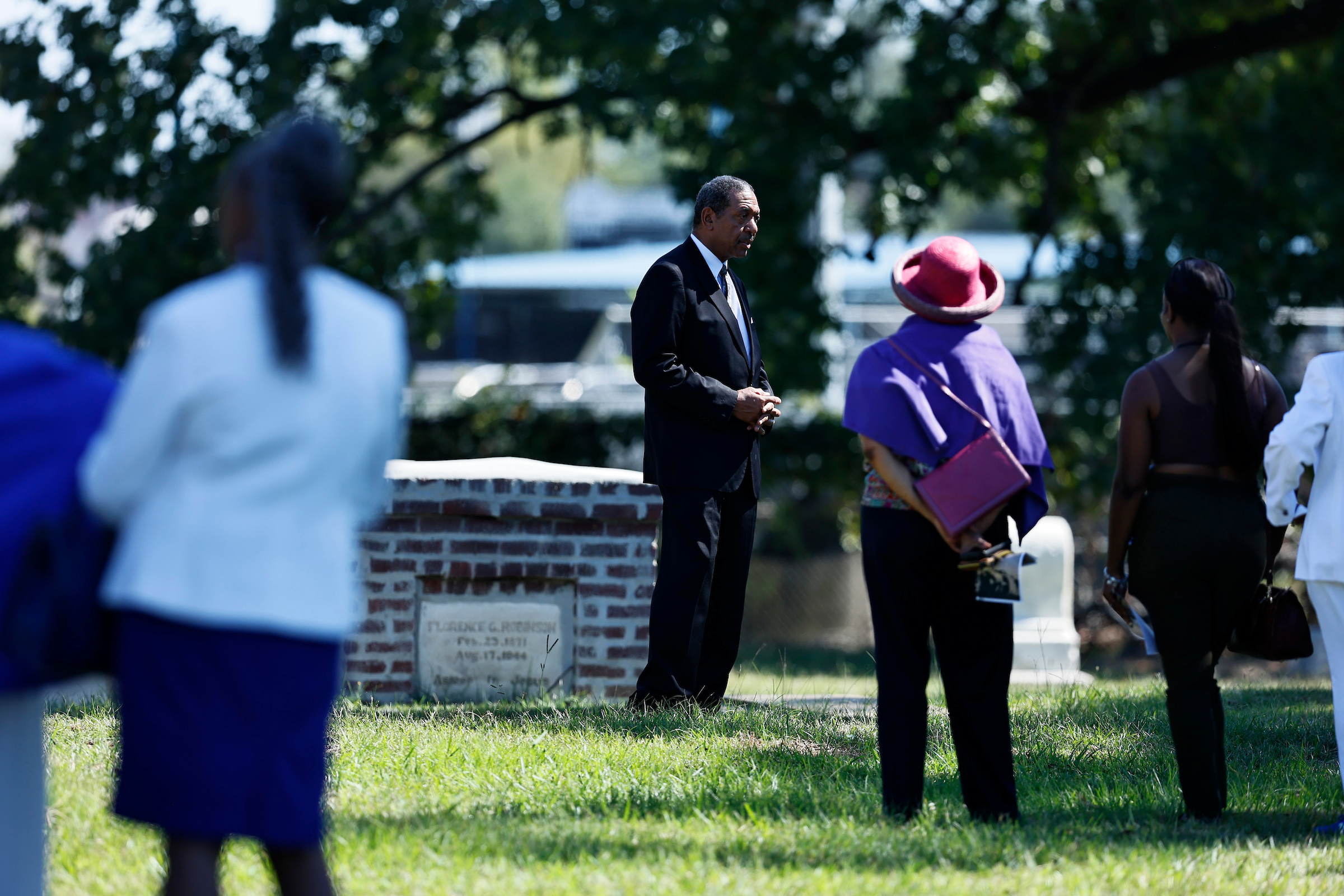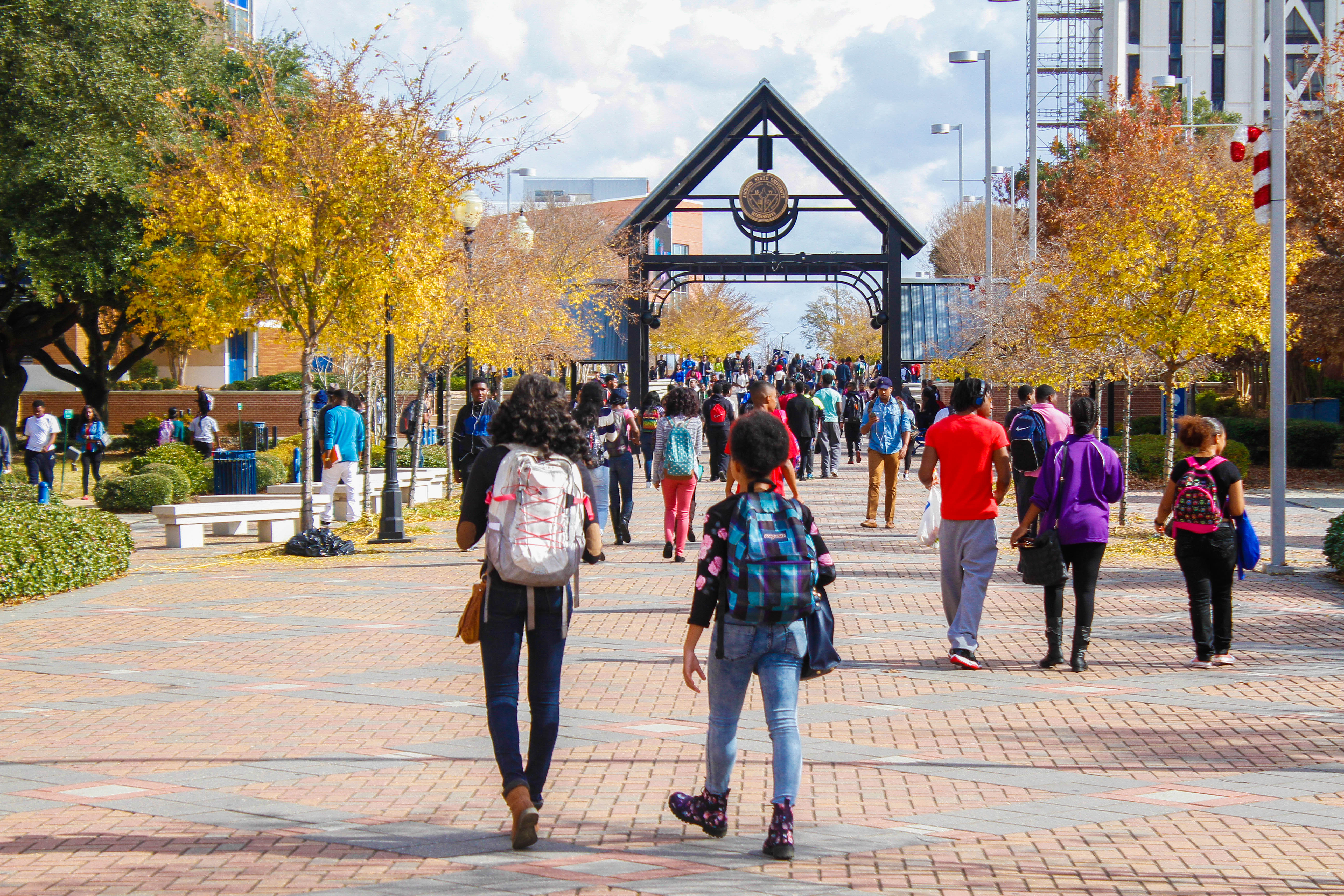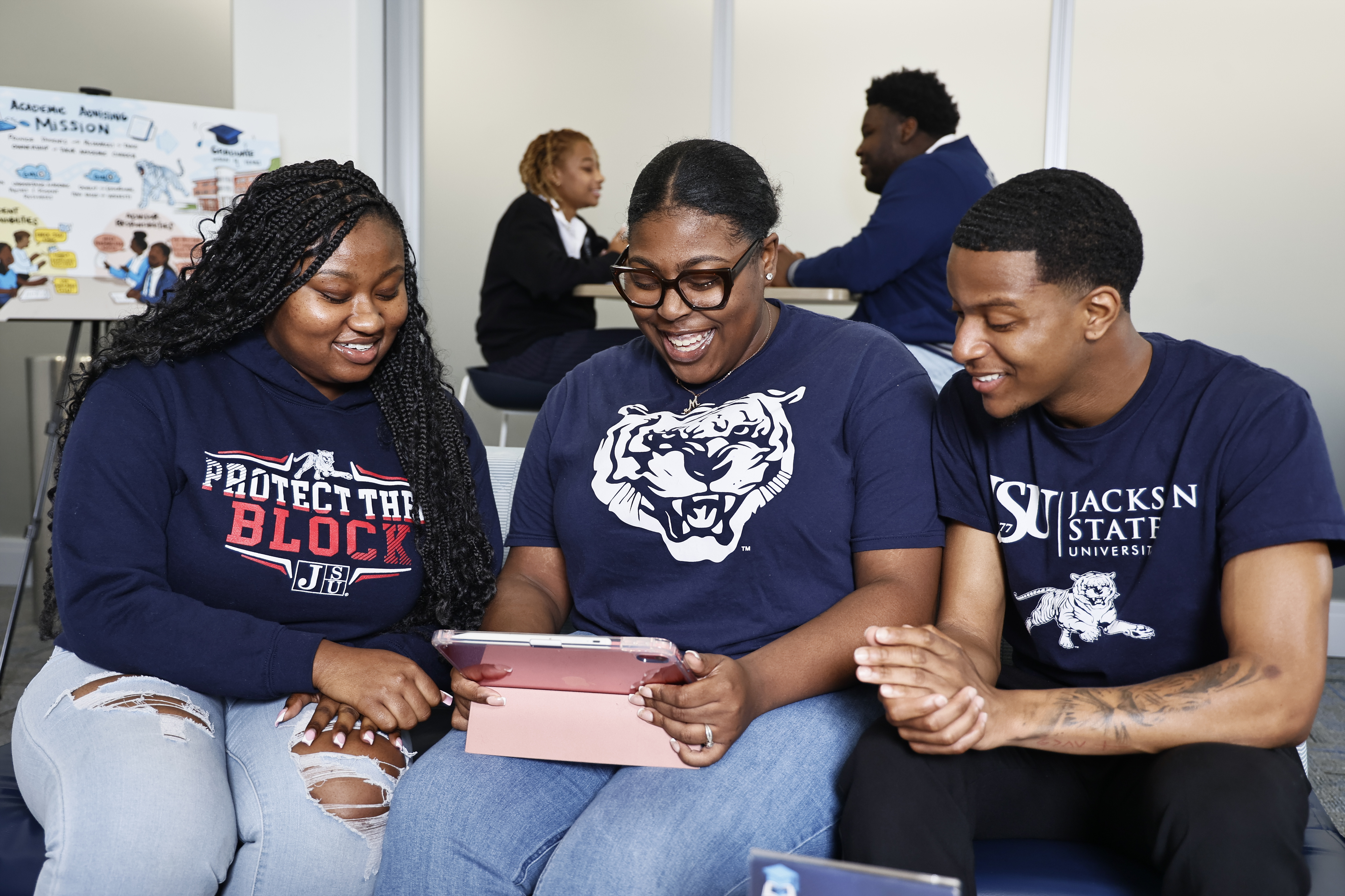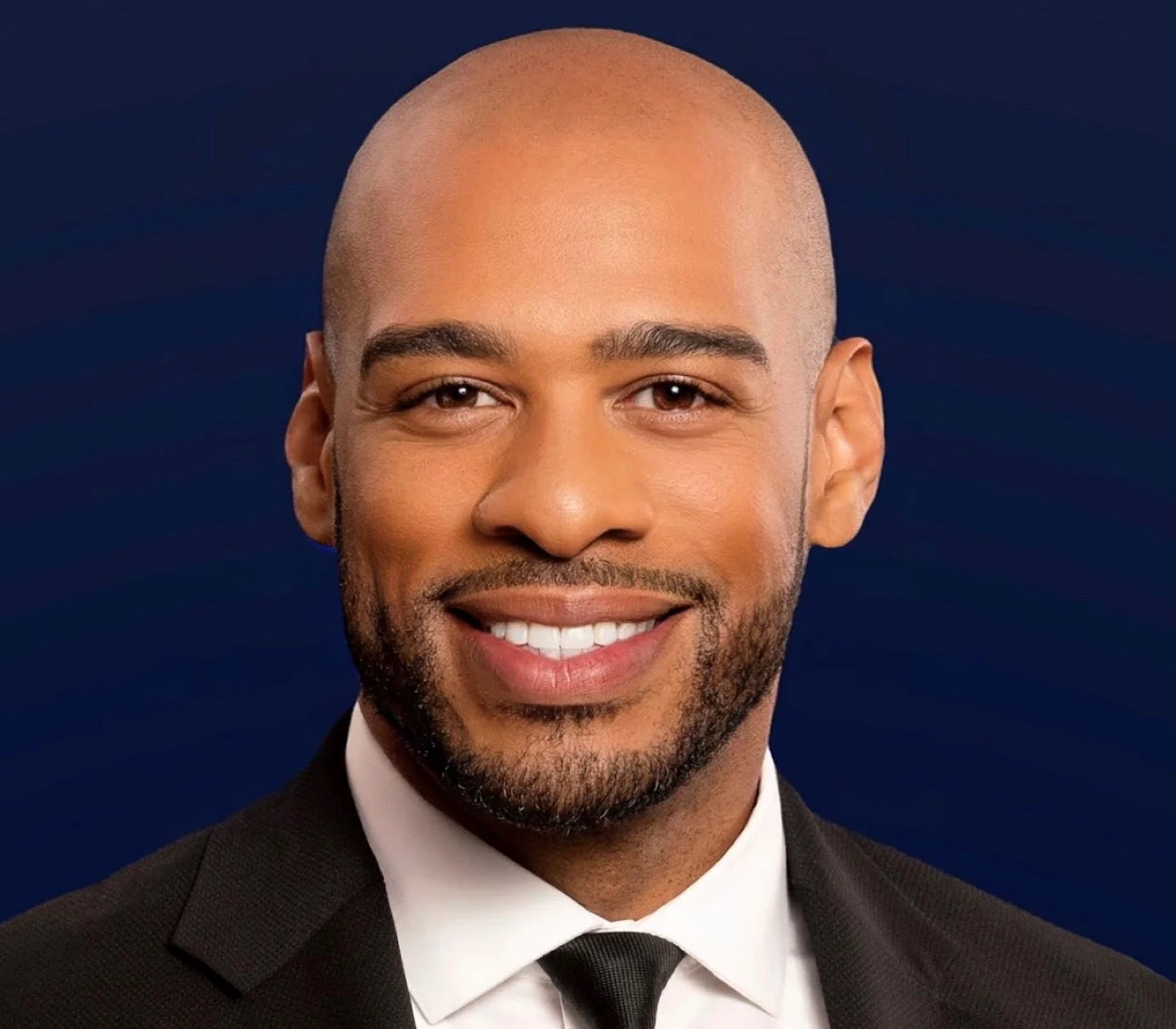By Anthony Howard
Due to the popularity of the Jackson State University homecoming photo exhibit, “A JSU Homecoming Legacy: Connecting the Past to the Future,” the gallery will remain on display from October 17 – 19 from 11 a.m. until 2 p.m.
The exhibit opened to the public during JSU’s homecoming creating a moment of nostalgia for alums and JSU supporters in attendance.
“JSU has a story that deserves to be told, and it tells a story of African-American culture and where we come from and where we are going here at Jackson State University,” stated JSU Acting President Elayne Hayes-Anthony, Ph.D.
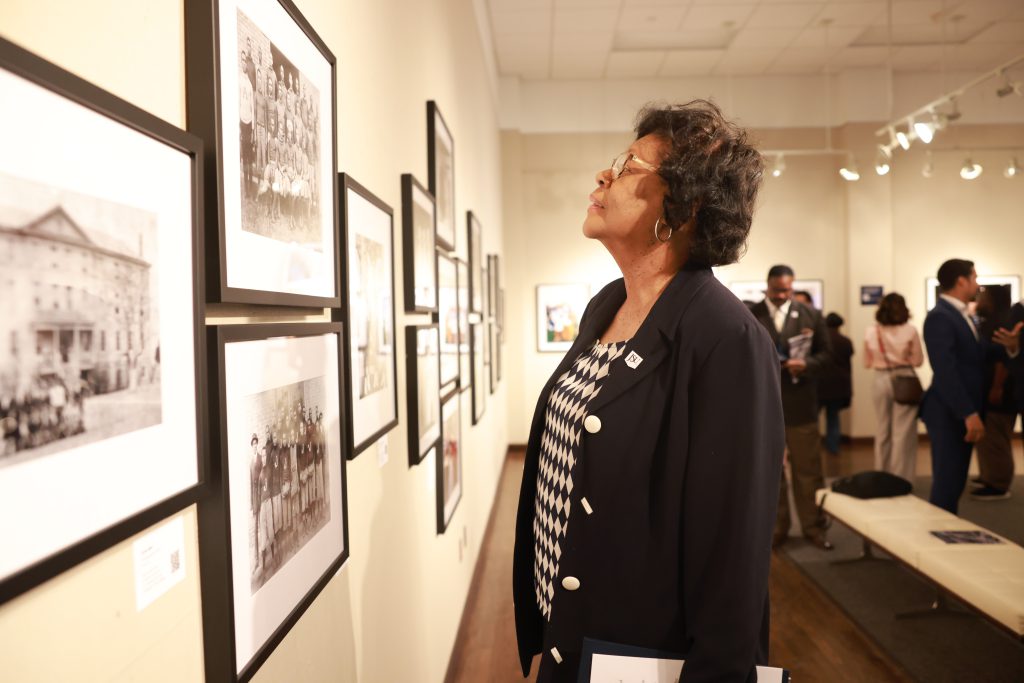
The exhibit displayed on the walls of the Johnson Hall Art Gallery tells a compelling visual story of JSU, beginning with a photo of Ayer Hall captured in 1904. The dozens of photos on display are just a portion of over 5,000 digitized photographs from the JSU library’s archive.
“Once the photos are digitized they’re made available for licensing. Jackson State owns the copyright to all the photos, and we represent them,” said Cassandra Illidge, vice president of global content partnerships at Getty Images. “We make the photos available for business, educational, and editorial purposes only.”
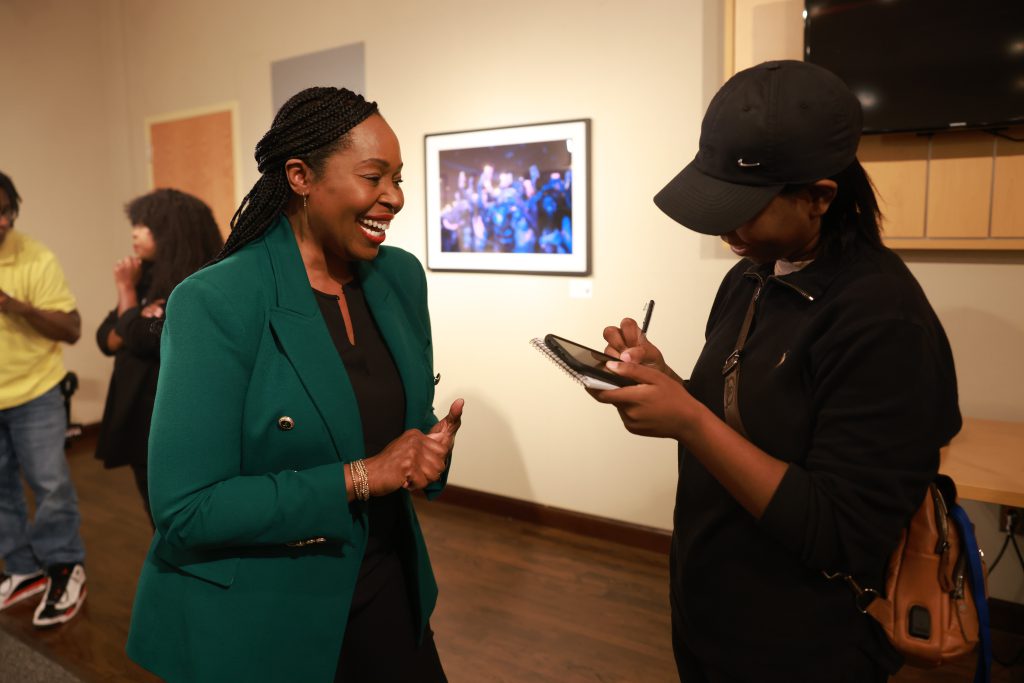
This was the first exhibit of its kind, orchestrated under the Getty Images Photo Archives Grant for HBCUs. The $500,000 grant has been used to digitize HBCU photographic archives. It also created a unique and meaningful experience for students like multimedia journalism major Jordan Riley, who received a stipend for her work in the program.
“Three years ago, as a freshman, I was asked to help digitize these photos and find the metadata, ” recalled Riley, a junior. “It was very enlightening to see the history of the school that I chose.”
Riley spent over a hundred hours digitizing, and researching the archived photographs and said she gained a more profound love and respect for the university. The Hattiesburg, Mississippi, native said one of her most memorable moments of the project was discovering old yearbook photos of her grandmother and aunt during their time at JSU.
Aron Smith, a multimedia specialist at JSU, also spent countless hours working to digitize photos and collect metadata. Prior to his full-time employment at the university, Smith worked for years as a contracted photographer for Jackson State. He credits the Getty Images partnership for helping the institution’s story reach national and global audiences.
“It’s one of the most surreal things I’ve felt as a photographer. Getty has given me so much exposure on a national level and because of that, I had photos published in major sports blogs,” Smith explained.
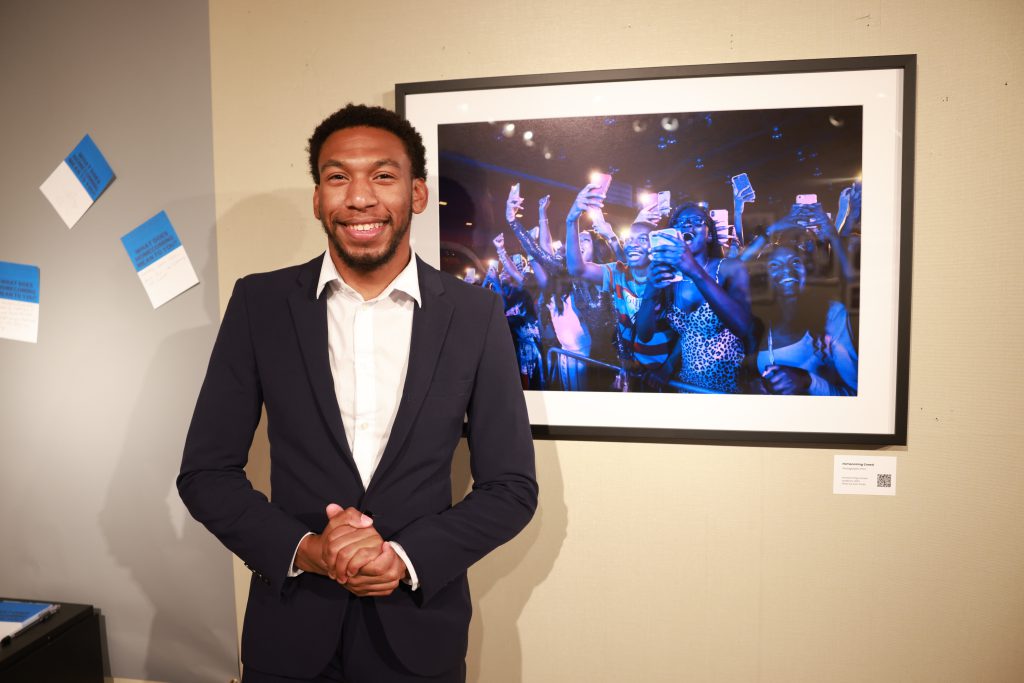
The young Jackson, Mississippi, photographer said he’s thankful that Getty has provided a permanent home for his work. Smith also compared his experience in the grant program to investigative work.
“You have to look at the clothing, hairstyles, the culture, and any clue that can help you figure out which decade the photo was taken. Once you find out the year it was taken, we can find out who took the photograph, the location, what was happening, and why it’s important enough to digitize,” Smith added.
JSU Chief Photographer Charles Smith has committed decades of his life to photography and is approaching his tenth year as a JSU photographer. He expressed how seeing his work, and the work of one of his mentees on display gave him an indescribable sense of joy.
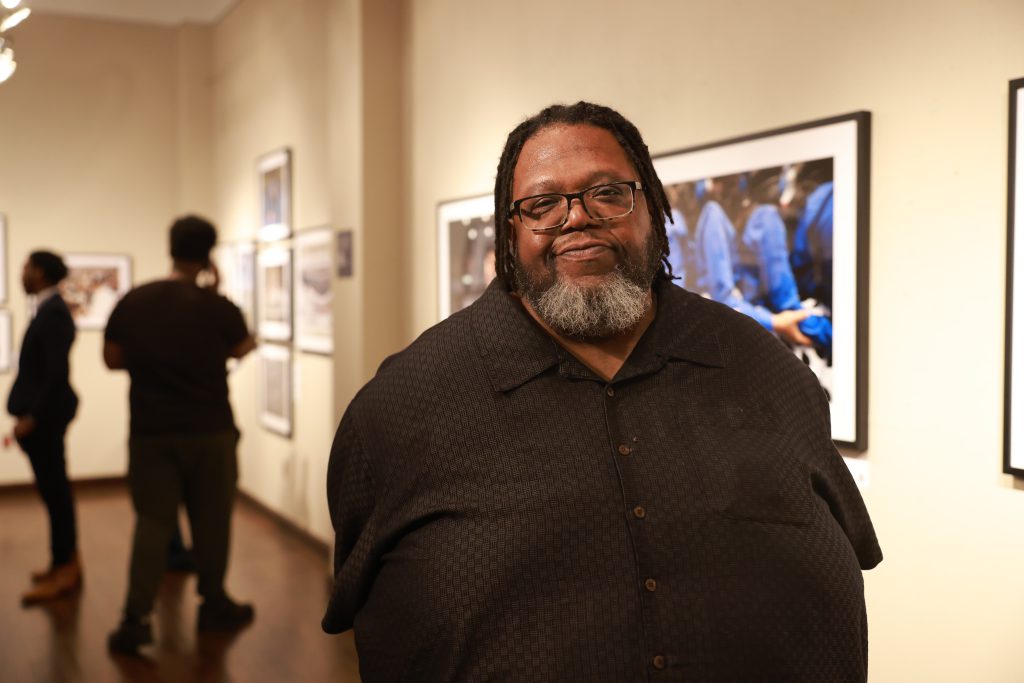
“It’s important that we chronicle our history and our time in history with the tools we have access to,” Charles said. “We want people to see who we are, and we want them to see us three-dimensional.”
The last photo in the exhibit is a picture of Ayer Hall captured by Smith in 2014. He encourages students, staff, faculty, alumni, and supporters to take advantage of the opportunity to see how JSU became the institution it is today.



